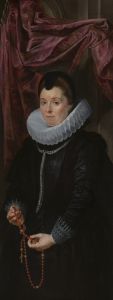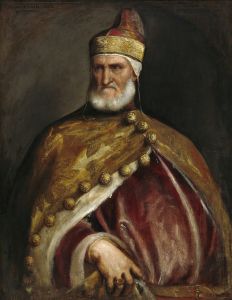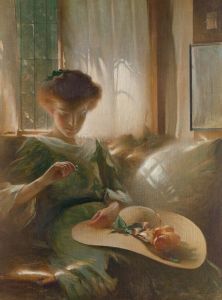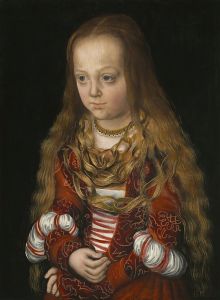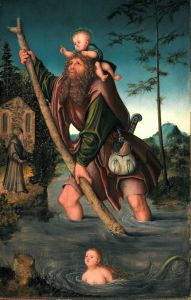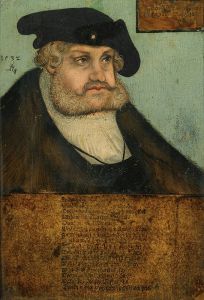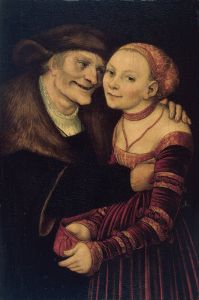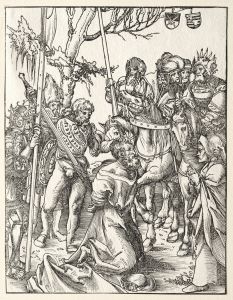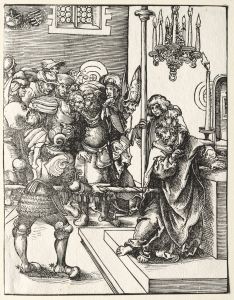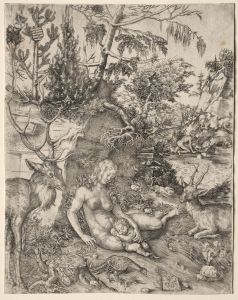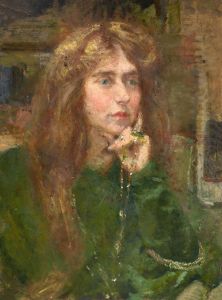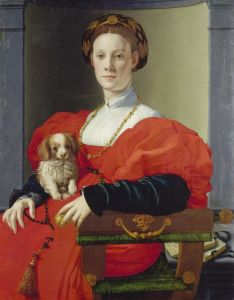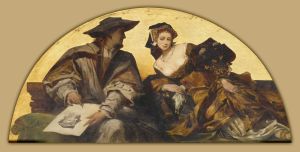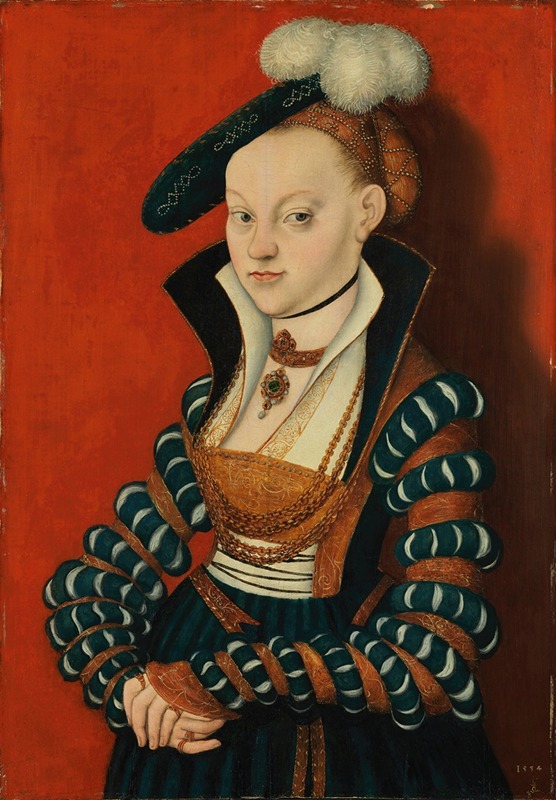
Portrait of Christiane of Eulenau
A hand-painted replica of Lucas Cranach the Elder’s masterpiece Portrait of Christiane of Eulenau, meticulously crafted by professional artists to capture the true essence of the original. Each piece is created with museum-quality canvas and rare mineral pigments, carefully painted by experienced artists with delicate brushstrokes and rich, layered colors to perfectly recreate the texture of the original artwork. Unlike machine-printed reproductions, this hand-painted version brings the painting to life, infused with the artist’s emotions and skill in every stroke. Whether for personal collection or home decoration, it instantly elevates the artistic atmosphere of any space.
Lucas Cranach the Elder, a prominent German Renaissance painter, is renowned for his portraits and religious subjects. One of his notable works is the "Portrait of Christiane of Eulenau." This painting exemplifies Cranach's skill in capturing the likeness and personality of his sitters, a hallmark of his portraiture.
Lucas Cranach the Elder was born in 1472 in Kronach, Germany. He became a leading figure in the German Renaissance, known for his association with the Protestant Reformation and his close relationship with Martin Luther. Cranach's workshop was prolific, producing numerous portraits, altarpieces, and mythological scenes. His style is characterized by precise lines, vibrant colors, and a keen attention to detail.
The "Portrait of Christiane of Eulenau" is a testament to Cranach's ability to convey the status and character of his subjects. Christiane of Eulenau was a member of the German nobility, and her portrait reflects her social standing. Cranach's portraits often served as a means of documenting the appearance and attire of the nobility, providing insight into the fashion and cultural norms of the time.
In this portrait, Christiane is depicted with a serene expression, her gaze directed towards the viewer. Her attire is indicative of her noble status, featuring luxurious fabrics and intricate details. Cranach's attention to detail is evident in the rendering of the textures and patterns of her clothing, as well as the delicate features of her face. The background is typically plain, a common feature in Cranach's portraits, which serves to emphasize the subject.
Cranach's portraits are also noted for their psychological depth. While maintaining a formal composition, he often imbued his subjects with a sense of individuality and presence. This is achieved through subtle details in expression and posture, which suggest the personality and inner life of the sitter.
The "Portrait of Christiane of Eulenau" is part of Cranach's extensive body of work that includes numerous portraits of both men and women from various strata of society. His ability to capture the essence of his subjects made him a sought-after portraitist among the German nobility and bourgeoisie.
Cranach's influence extended beyond his lifetime, with his workshop continuing to produce works in his style after his death in 1553. His contributions to portraiture and his role in the cultural and religious shifts of his time have cemented his place in art history.
The "Portrait of Christiane of Eulenau" remains an important example of Cranach's work, illustrating his mastery of portraiture and his ability to convey the dignity and presence of his subjects. Through this painting, viewers gain insight into the world of the German Renaissance and the individuals who shaped its cultural landscape.





